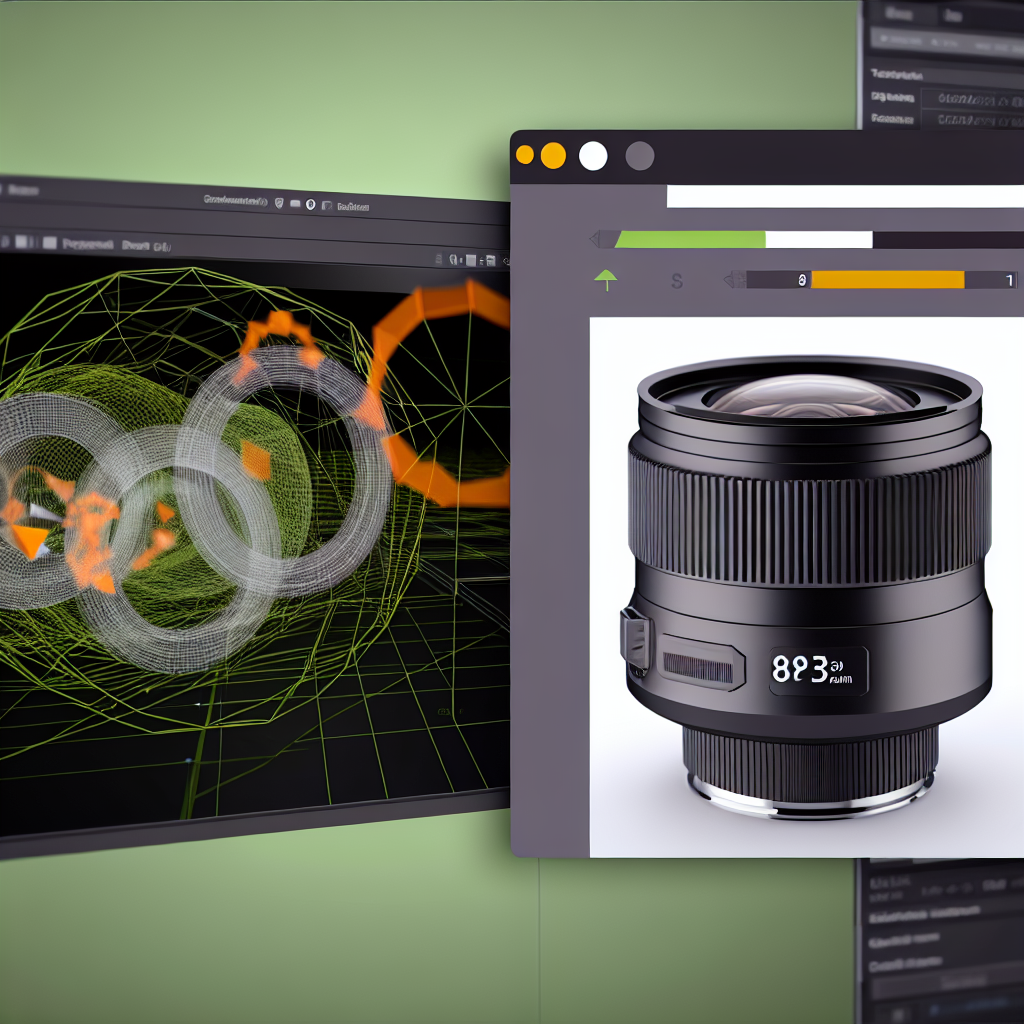When it comes to 3D rendering, speed is often a critical factor for professionals striving to meet tight deadlines and optimize workflow. Different software solutions claim to be the fastest, but which truly leads the pack? In this article, we explore some of the top contenders in the realm of rapid 3D rendering, examining their features and performance benchmarks to help you make an informed choice.
Hardware Acceleration and Rendering Speed
Choosing a fast 3D rendering software is heavily influenced by its ability to leverage hardware resources effectively. Modern rendering engines utilize GPU acceleration to significantly reduce rendering times compared to CPU-based processing. Software like OctaneRender and Redshift are renowned for their GPU-accelerated engines, enabling real-time rendering and rapid output even with complex scenes. These platforms are optimized to harness the power of high-end graphics cards such as NVIDIA’s RTX series, resulting in dramatic speed improvements.
On the other hand, software that relies primarily on CPU processing, like Blender’s Cycles in CPU mode or Arnold, can still be fast depending on the hardware configuration, but generally lag behind GPU-accelerated renderers in raw speed. The choice of hardware is foundational—an investment in the right GPU can significantly diminish rendering times, making software that supports such acceleration highly preferable for speed-centric workflows.
Rendering Algorithms and Scene Optimization
Beyond hardware support, the efficiency of the rendering algorithm itself plays a vital role in determining speed. Modern renderers are designed with innovative algorithms that optimize calculations for light, shadows, and material interactions. *Real-time rendering engines* such as V-Ray’s RT mode and Lumion are designed for rapid feedback, allowing artists to see changes instantly and iteratively improve scenes without waiting long periods.
Scene complexity and optimization techniques are equally important. Software that offers advanced tools for scene simplification, proxy management, and adaptive sampling can drastically cut down rendering times. For example, **Unreal Engine** excels at maintaining speed through its real-time rendering capabilities, making it the software of choice for visualization projects requiring swift turnaround times. Meanwhile, professional renderers like Corona Renderer and Arnold offer more sophisticated lighting calculations, which, when optimized properly, balance quality with speed.
Final Thoughts
Determining the fastest 3D rendering software depends on various factors, including hardware support, rendering algorithms, and scene optimization features. GPU-accelerated engines like OctaneRender and Redshift lead in speed, especially when paired with high-performance graphics cards, while real-time engines like Lumion and Unreal Engine excel in providing instant feedback for rapid workflows. Ultimately, selecting the right software hinges on your specific needs—whether prioritizing raw speed, quality, or ease of use. With the right combination, you can achieve stunning results in record time and stay ahead in competitive 3D visualization.
